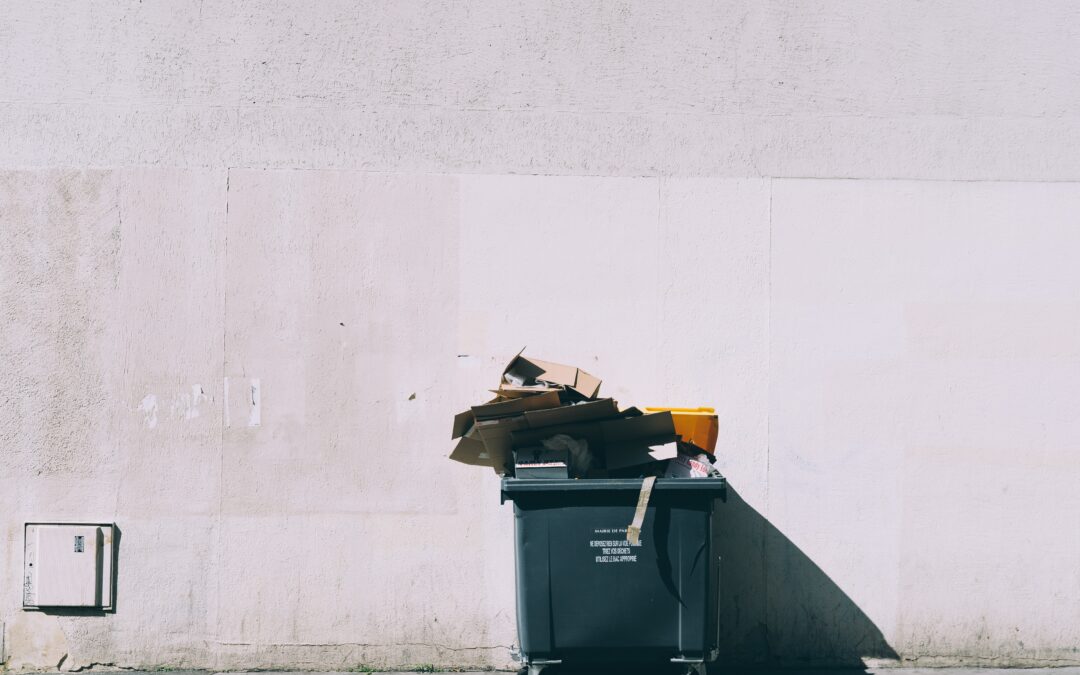Last month we attended a two-part series on how to create better communication when it comes to changing waste behaviour.
In both series, we heard the wonderful team from Behaviour Works Australia break-down the Ministry for the Environments report and highlight some insights and practical advice.
Here are 5 Key Takeaways we learnt and would love to share below.
One – Get specific on the change you want
If the change you want to communicate is too broad, it won’t create enough clarity for people to understand. This makes it harder to commit or start the change.
For example, instead of communicating “Please Recycle”, you might say “Make sure to put your plastic bottles in the yellow bin”.

Two – Reinforce positive language and actions
I think it is safe to say most people respond to positive language better than they do to negative language.
Therefore, instead of communicating the negative behaviour, try reinforcing a positive action. i.e. shifting from “DON’T’s” to “DO’s”.

Three – Understand the Barriers to change
When trying to get people to reduce their waste or recycle better, understanding the specific barriers is key to developing the right type of communication.
For example, the barrier to change could be around people always forgetting their reusable bags when they shop.
So, creating your communication around that could look like this.
“Pro tip, hang your reusable bags on the main door when you finish with them, that way when you leave the house you can put them straight in the car”.

Four – Try highlighting positive numbers
As human beings, we tend to lean into larger numerical changes rather than small ones.
For example, if a change in behaviour went from 5 to 11 basis points, highlight that it “Doubled” rather than saying it improved by 6.
Now, a word of warning, you don’t want to exaggerate or have false claims. You can certainly focus on the larger more impressive changes to help though.

Five – Using personalised languages in your communications.
Creating personalised languages such as “you” or “us” helps make the behaviour connect to your messages.
Similar to the first takeaway, this approach allows people to have a better change of connecting to the change, especially if they feel its been personlised.
For example, changing “Let’s recycle” to “You have a big part in making recycling work, let us do it together!”.

To summarise, changing behaviour is hard at the best of times. Communicating to align with that behaviour is even harder.
Having specific, clear, positive personalised languages allows for better understanding. Finding out what barriers might be stopping someone, or the wider communities from changing helps give your communication strategy a chance.


